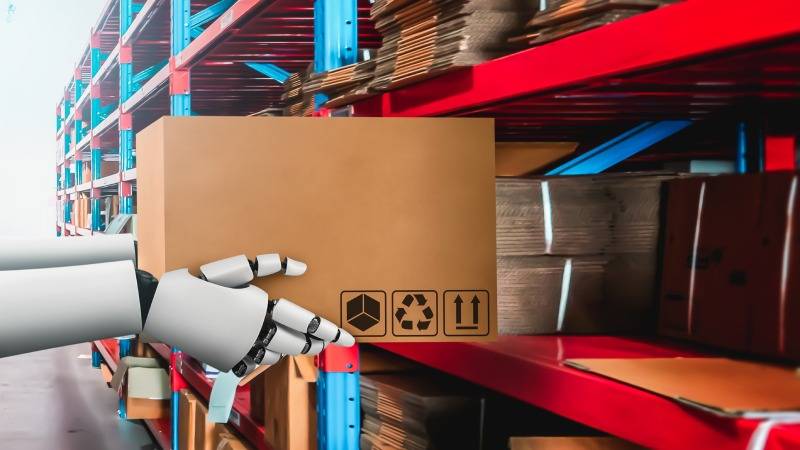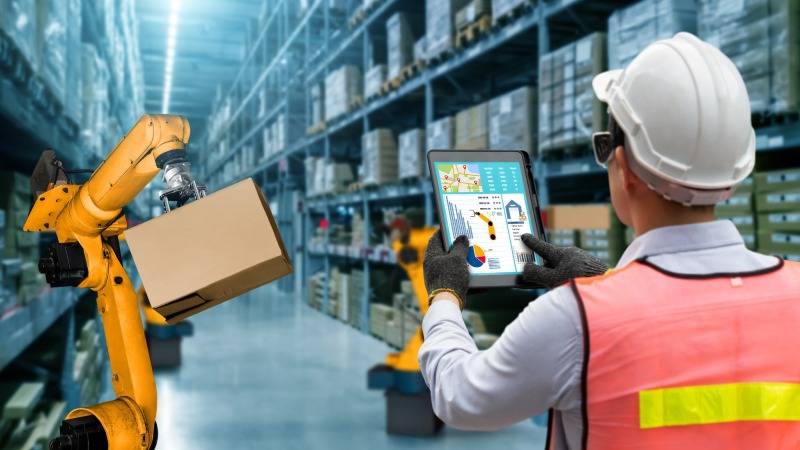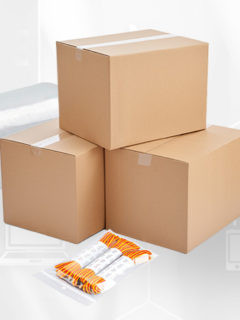Artificial Intelligence is booming. An idea that seemed to be taken from the future in science fiction has become a reality in the present. Examples such as the commotion generated by ChatGPT or Microsoft’s interest in investing more than 9.3 billion in the company OpenAI show that AI will have an increasing presence in our day-to-day lives. There is no doubt that Artificial Intelligence is automating and simplifying tasks in many areas, but how can we take advantage of this technology by applying it to the logistics sector?
What is Artificial Intelligence?
The term Artificial Intelligence, abbreviated as AI, is a concept coined in 1956 by the computer scientist John McCarthy. It consists of the creation of systems and machines that mimic human intelligence, are capable of learning, reasoning and performing tasks as a person could do, such as driving vehicles or virtual assistance.

Types of Artificial Intelligence
Among the different types of AI, the following stand out:
- Reactive machines. These are the most basic systems. They do not have the ability to form memories or use past experiences to make decisions.
- Limited memory. They can draw on the past but in a limited way. They store information that they gather to incorporate into their programming but do not keep it for very long.
- Theory of mind. They understand how people and the environment work. They have an understanding of how human beings think and feel, so they act accordingly.
- Self-awareness. Last step, this is an Artificial Intelligence that is self-aware.
How can Artificial Intelligence be applied to logistics?
Optimising logistics processes by means of Artificial Intelligence can be very useful and represents a further step in the evolution of logistics 4.0. These are some of the functions in which AI can be used in the field of logistics, warehouse organisation and order picking and transport:
- Managing warehouse inventory. Using AI-integrated ERP software and robots, products can be inventoried and stored according to their arrival, making optimal use of space and choosing a location according to their expected turnover.
- Predict consumer trends. By learning from data, Artificial Intelligence can anticipate future customer orders and adjust stocks.
- Automate order preparation. AI and robotics can also streamline shipment preparation, speeding up the selection and handling of packaging.
- Control the transport of goods leaving the warehouse. By designing more agile transport routes, including real-time correction, to meet the challenges of last-mile logistics in e-commerce.
- Assess quality control. By tracking everything through AI, it is easier to detect any errors, inefficiencies or wasted time in the process.
- Optimise the work of human resources. With AI, physical labour is reserved for more skilled and creative tasks.
- Maintain environmental responsibility. Artificial Intelligence can take on EcoResponsible practices such as turning lights and machines off or on depending on the time or pace of work, adding to the green logistics approach.

Advantages of using Artificial Intelligence in logistics
In conclusion, integrating AI into supply chain management allows for several benefits in warehouse management:
- Artificial Intelligence leverages all analysed data.
- The automation of intralogistics and other tasks speeds up processes.
- Managing inventory in this way reduces stock errors.
- AI applied to robotics avoids the risk of employee accidents in handling tasks.
- Its predictive analytics can be used to minimise unforeseen events.
- Consequently, the use of Artificial Intelligence helps to reduce costs.
The future is already here
Although these are the tasks that Artificial Intelligence can help you with in logistics, it is important to bear in mind that technology is advancing by leaps and bounds, so we cannot be certain what the warehouse of the future will look like.
The importance of the Internet of Things and robots will continue to grow thanks to machine learning, to the point where they can perform tasks without human intervention. But this does not mean the end of work for people, but rather that their efforts will be concentrated on data analysis or engineering tasks rather than the more repetitive functions.
If you want to adapt your warehouse to the latest technology, visit our section on packaging machines and systems– at RAJA® we like to be in the present with the technology of the future!














